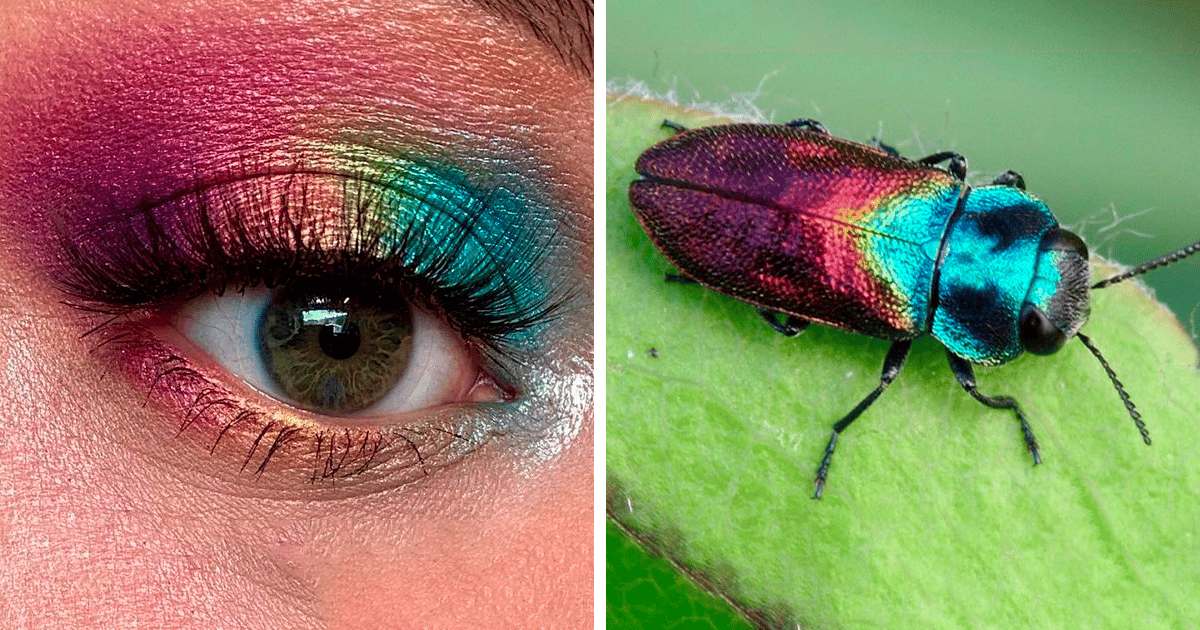Do you like bugs? What kind of question is that you might wonder? After all, bugs are icky. But to your surprise, bugs are beautiful. And Duran Jay, an artist, is showing the world the incredible beauty of bugs.
She is doing eye makeup inspired by exotic bugs, insects, and anything that fits the invertebrate category. She has an Instagram page where she posts side-by-side comparisons of insects that inspired her and colorful eye makeup designs.
Scroll down and enjoy!
1.

Metallic wood-boring beetle (Anthaxia suzannae).
2.

Roseate emperor (Eochroa trimenii).
3.

Another rainbow to celebrate on the last day of Pride month, this time inspired by the beautiful little orchid bee (Euglossa hansoni) who gained their name due to their specifically adapted hind legs that allow them to pollinate certain orchids that cannot be pollinated by other insects. These hind legs also help them to collect fragrances (more specifically, chemical compounds called esters) from the orchids so they can use them to show off their genetic quality when attracting a mate!
4.

Stink bug (Edessa rufomarginata).
5.

Purple-stained daggerwing (Marpesia marcella valetta).
6.

Flower chafer (Gymnetis pudibunda).
7.

Green dragontail (Lamproptera meges).
8.
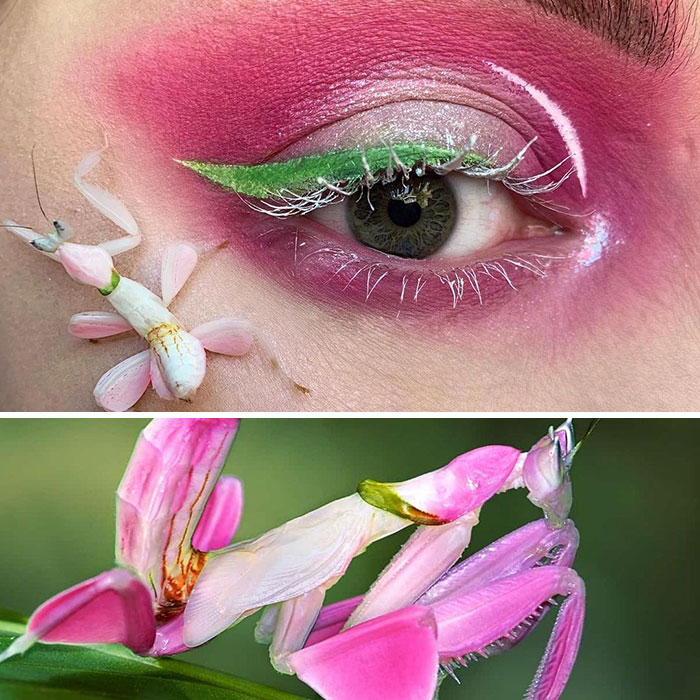
Orchid mantis (Hymenopus coronatus) feat. my very own Trixie.
9.
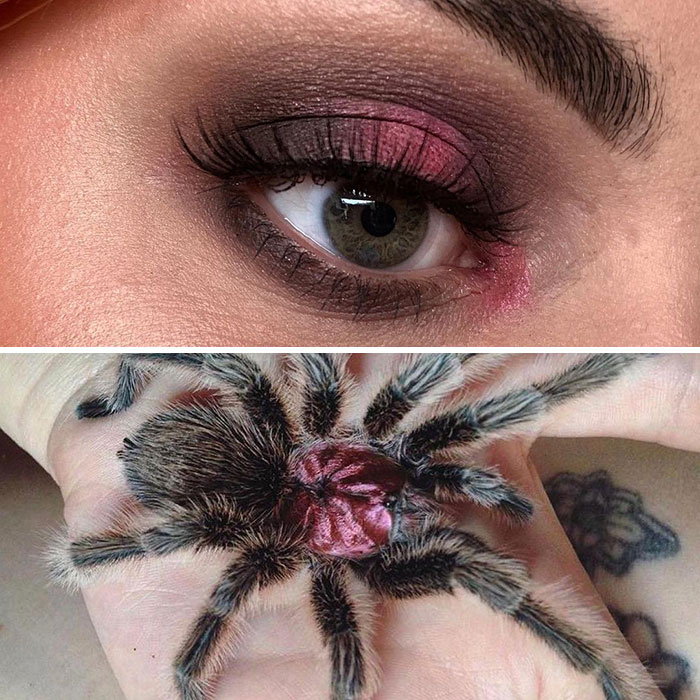
The Chilean tarantula (Grammostola porteri) belongs to the Grammostola genus, which contains 21 species of New World tarantula. New Worlds are those that are native to the Americas (in this case, South America) and are typically recommended as the best choice for beginner hobbyists due to their very mild venom that poses little threat to us humans.
10.
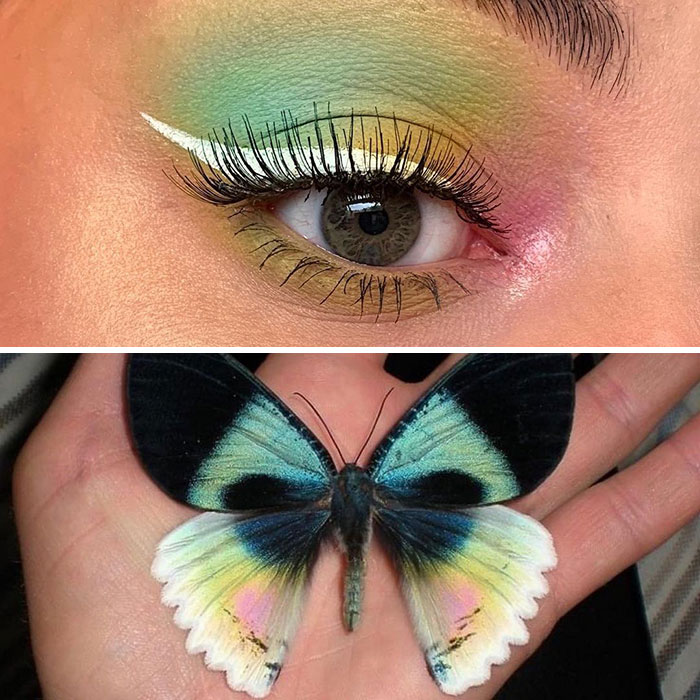
Uraniid moth (Alcides aurora).
11.
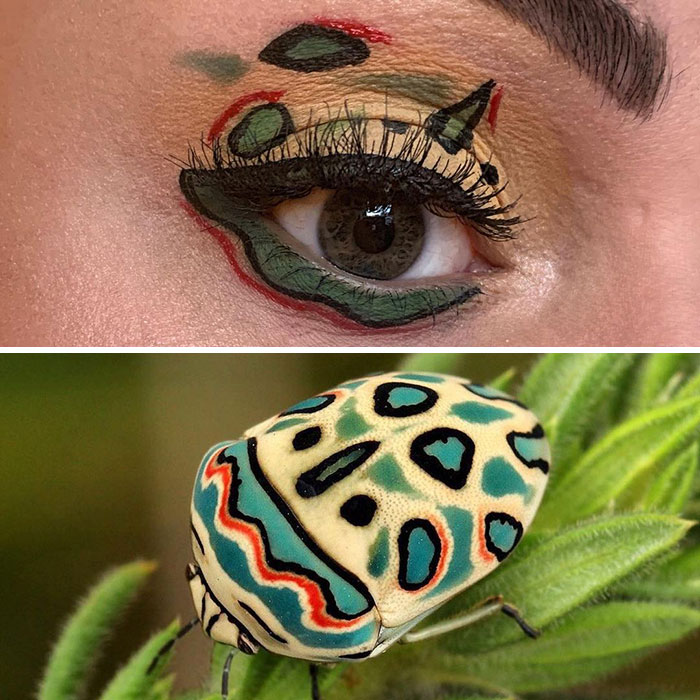
Finally, the highly-requested and long-awaited Picasso bug (Sphaerocoris annulus).
12.
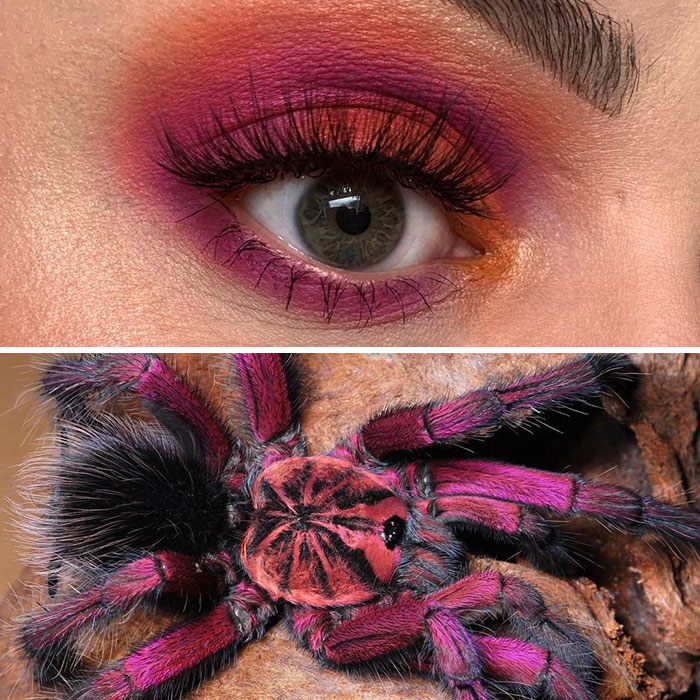
Pamphobeteus sp. duran.
13.
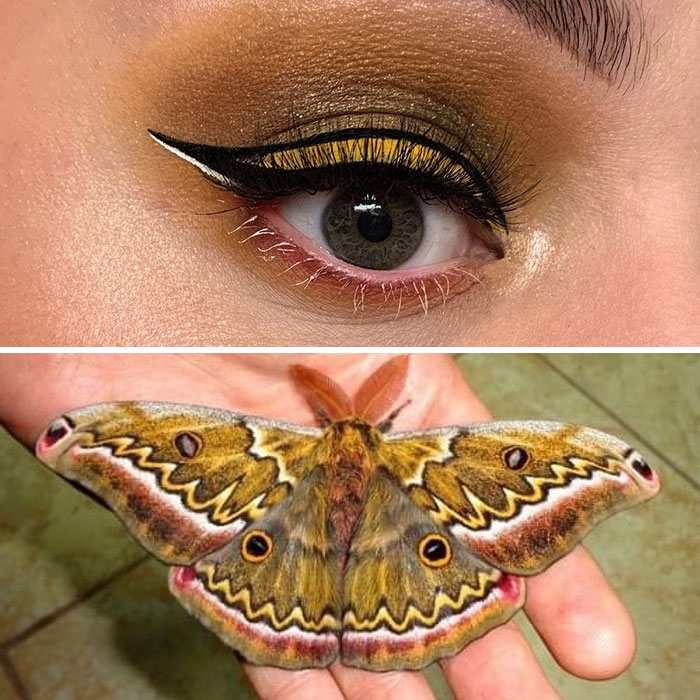
Giant Peruvian silkmoth (Copaxa medea).
14.
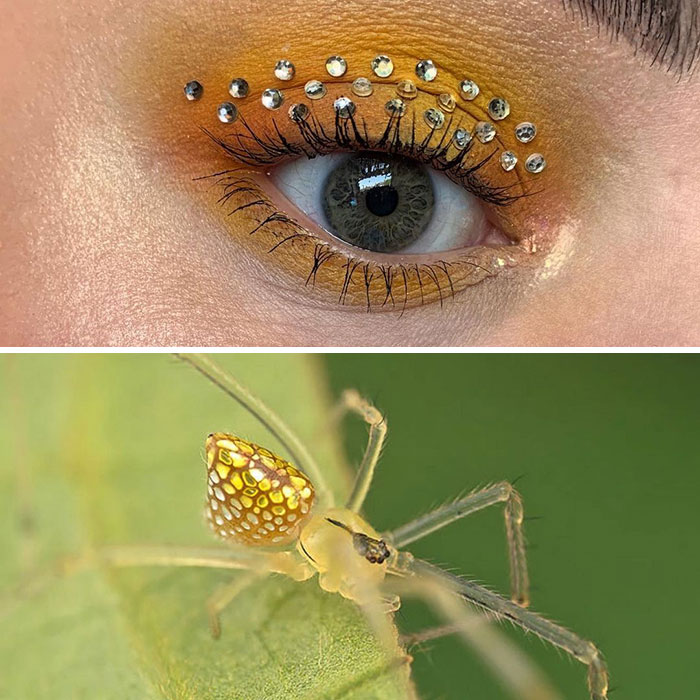
Mirror spiders (Thwaitesia argentiopunctata) use reflective guanine to display their unique colouration, which is actually the same thing found in our shampoo that gives it that pearly iridescent sheen.
15.
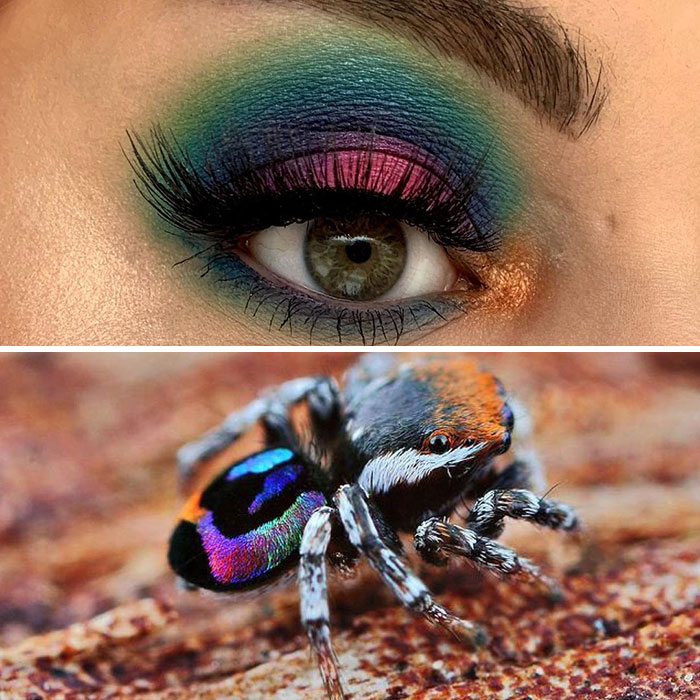
Since Pride month is upon us, it only seems right to create at least one rainbow look! Though this perhaps isn’t the typical spectrum we’re used to seeing, at only 5mm this little jumping spider (Maratus robinsoni) is known to researchers as ‘nature’s smallest rainbow’. In fact, it is the only known example of a spider that deploys all colours of the rainbow to attract a mate, all from those tiny iridescent scales on his lil bug butt.
16.
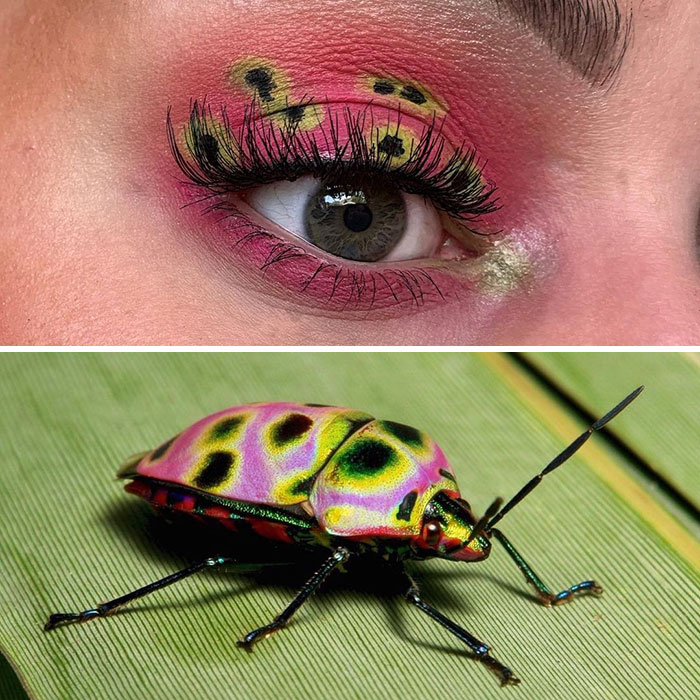
Shield-backed jewel bug (Poecilocoris rufigenus).
17.
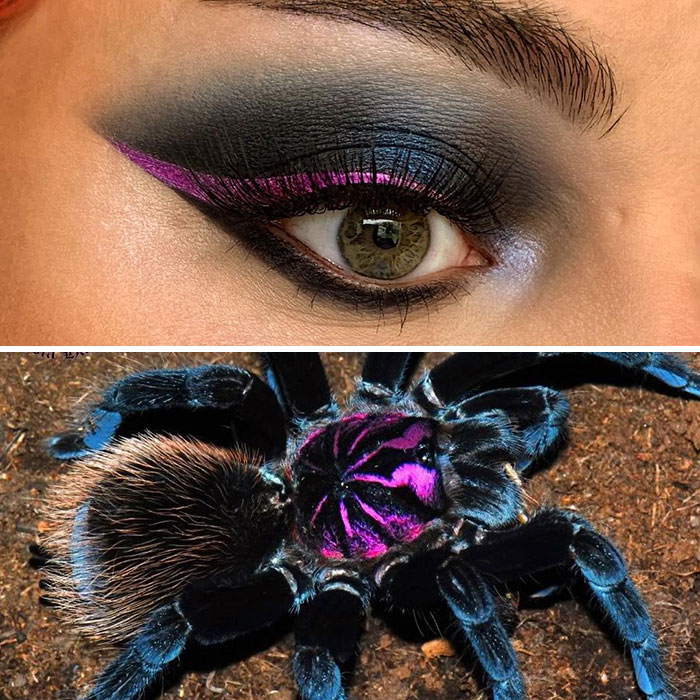
Amazon blue bloom tarantula (Xenesthis intermedia).
18.
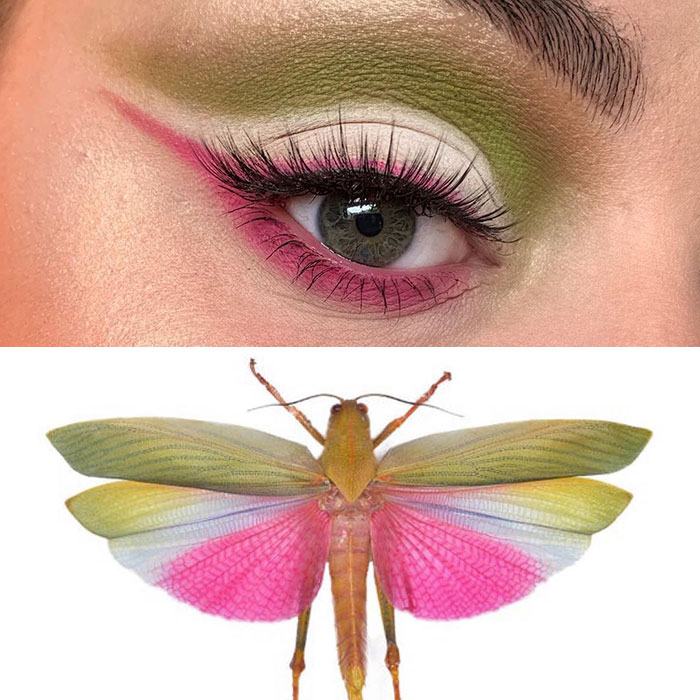
Peruvian grasshopper (Lophacris cristata).
19.
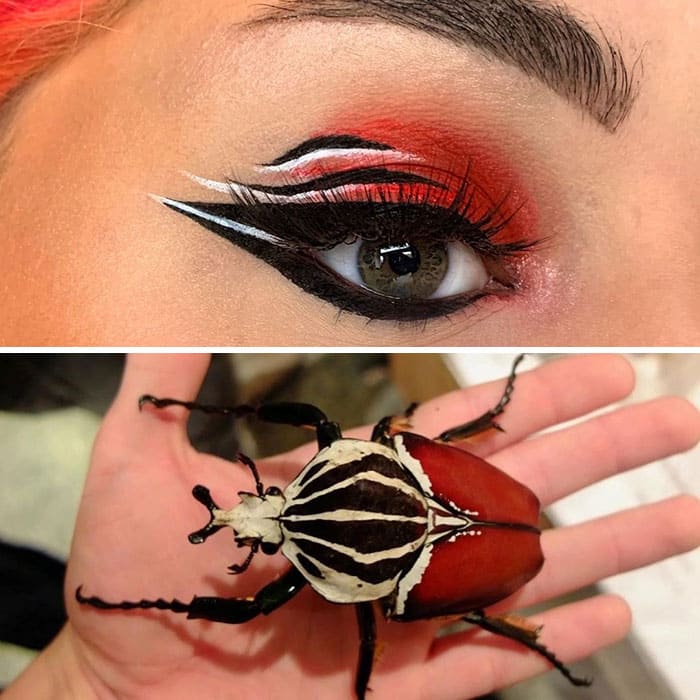
Goliath beetle (Goliathus goliathus), one of the largest insects on the planet.
20.
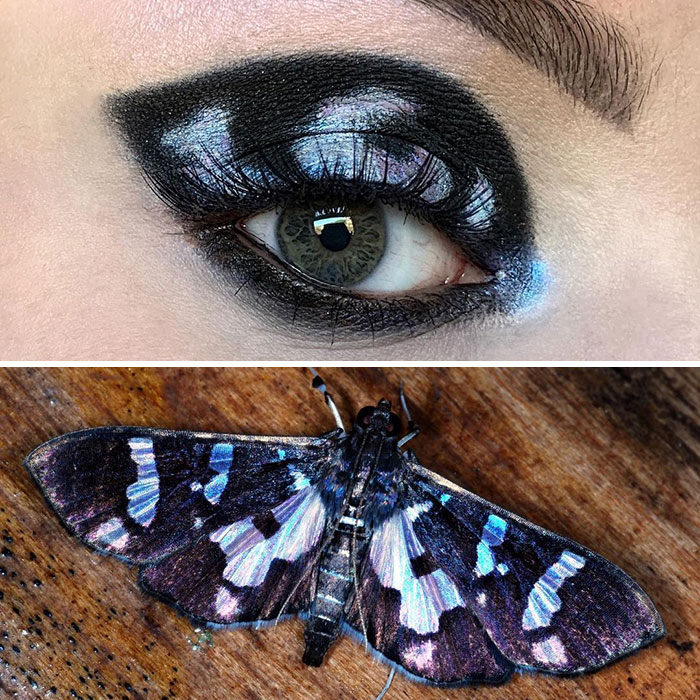
Crambid moth (Desmia bajulalis).
21.
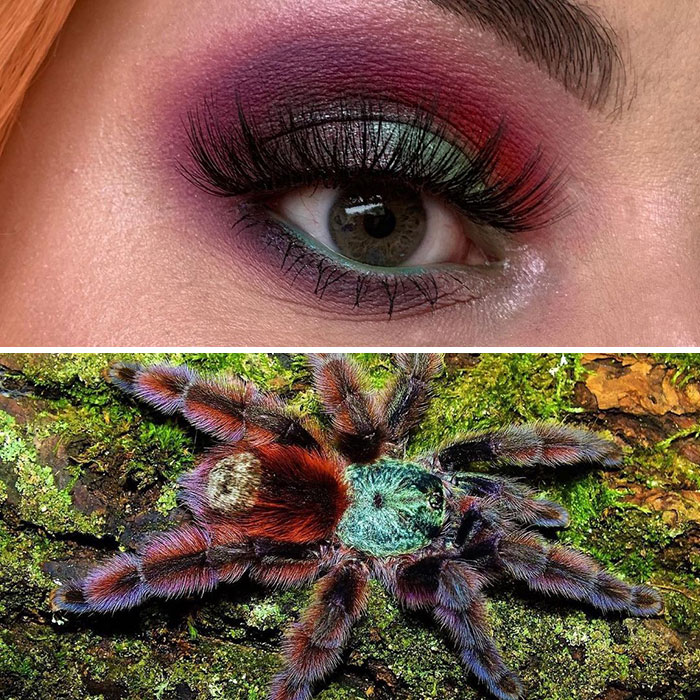
The Antilles pink toe (Caribena versicolor, formerly Avicularia versicolor) has to be one of my favourite tarantulas. Although they’re readily available and pretty commonly kept as pets due to their docile nature (and pretty colours ofc), I still consider it a ‘dream T’ and hope to own one some day soon (when I find the space!).
22.
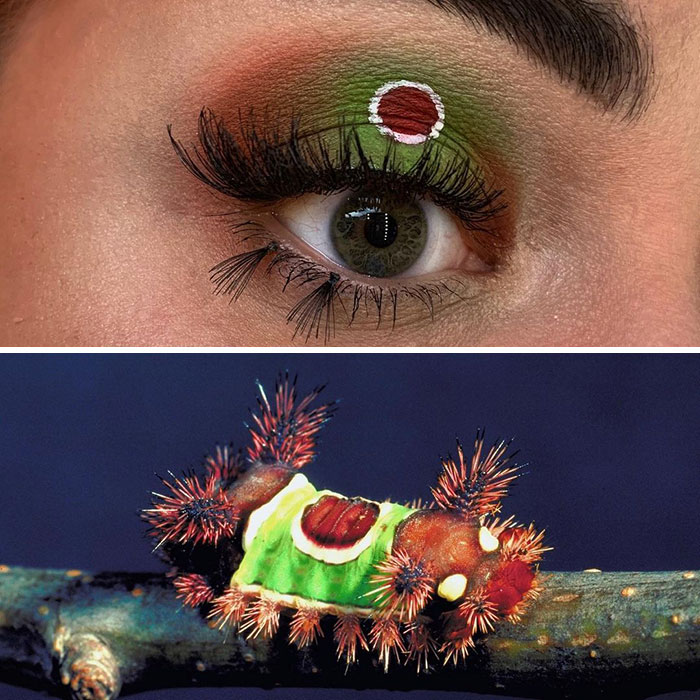
The saddleback caterpillar (Acharia stimulea) gains its name from its unique aposematic colouring, used primarily to alert potential predators that they are toxic (and basically wouldn’t make a very nice dinner).
23.
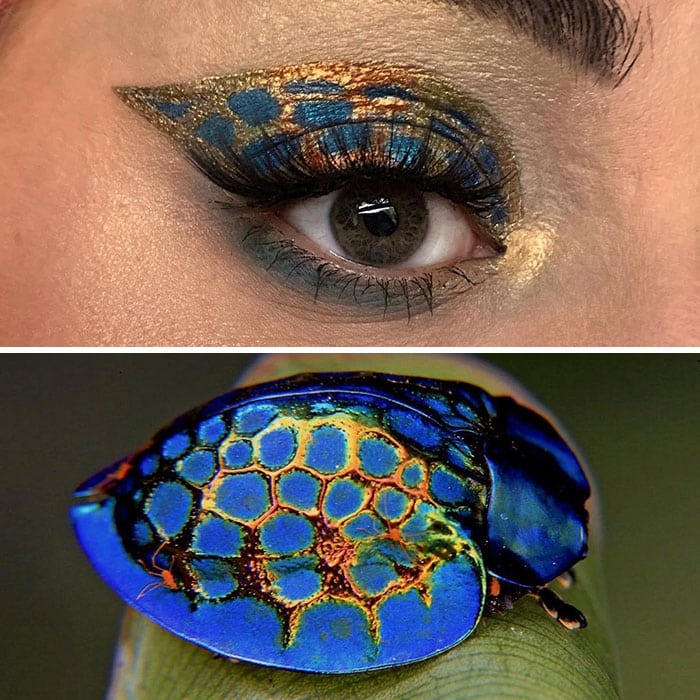
The imperial tortoise beetle (Stolas imperialis) belongs to the Cassidinae subfamily, which is made up of tortoise and leaf-mining beetles that are quite special because they’re one of the 1% of all insects that typically display maternal instincts and care for their larvae! Werk lil bug mamas.
24.
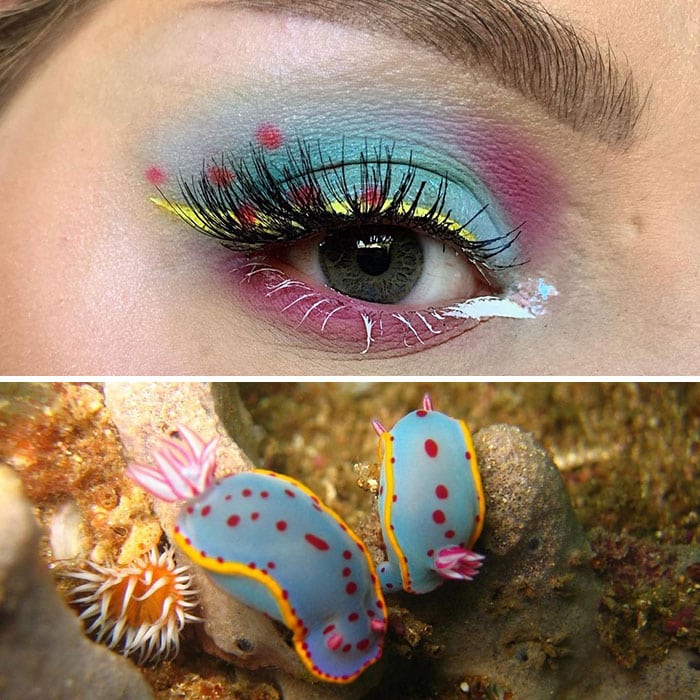
Hypselodoris bennetti.
25.
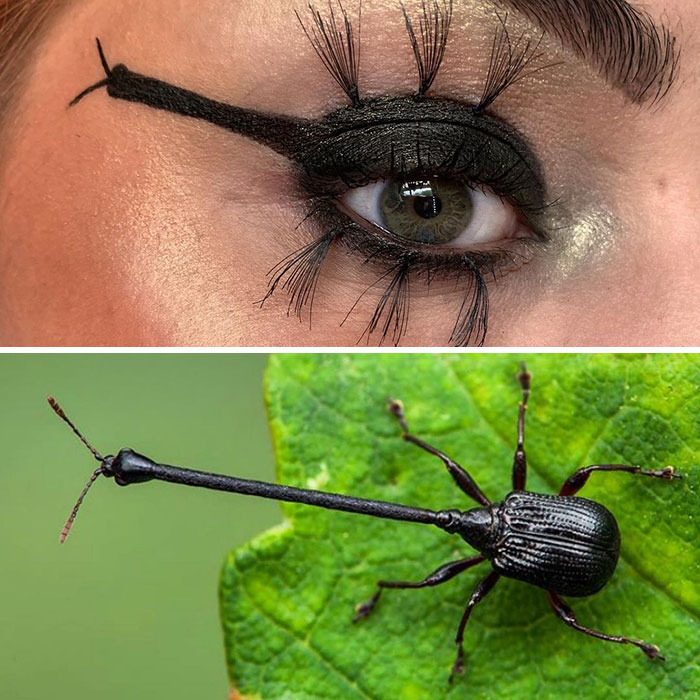
If you know, you know… 
26.
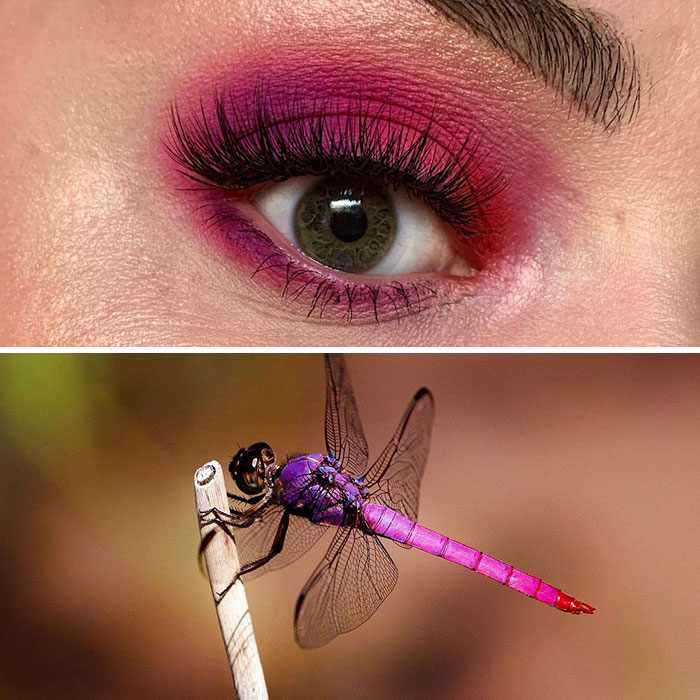
Roseate skimmer (Orthemis ferruginea), my first entry from order Odonata. So many bug families and orders still unexplored on this page, which is terribly exciting really! The inspiration feels endless.
27.
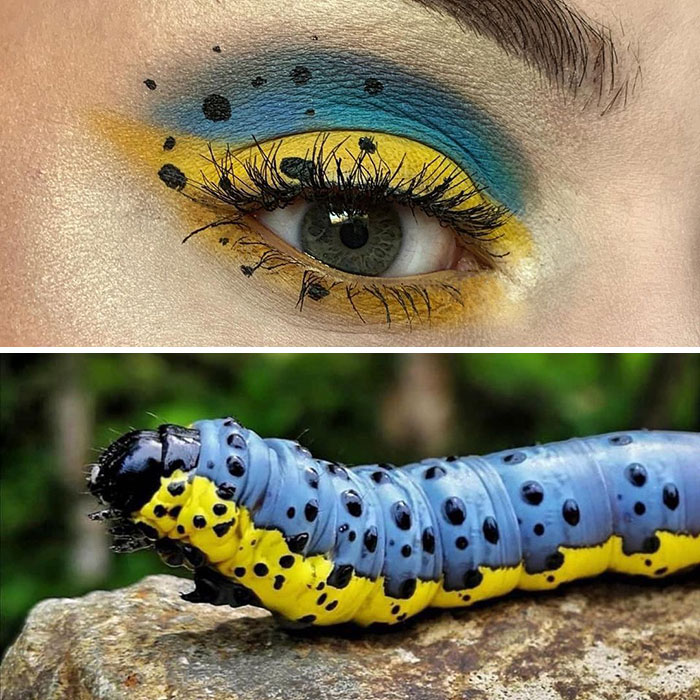
Notodontid moth caterpillar (Lobeza medina).
28.
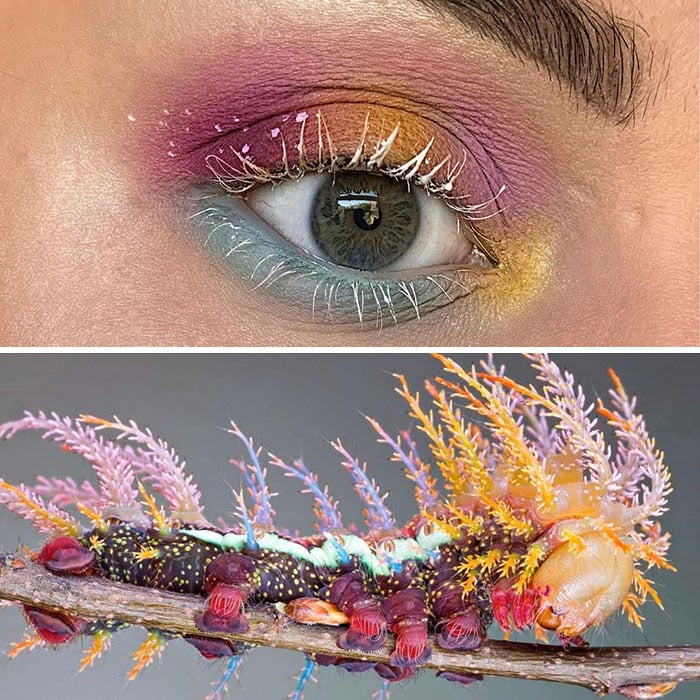
Niepelt’s eyed silkmoth caterpillar (Automeris niepelti) – despite how cute these may look, that colourful ‘fluff’ is actually made up of urticating spines that are quite venomous!
29.

Happy World Bee Day! There are at least 5700 species of bee in the Apidae family, and the Indian black carpenter bee (Xylocopa tenuiscapa) is a perfect little reminder that they’re not all the classic black and yellow fuzzy friends we’re so used to seeing.
30.
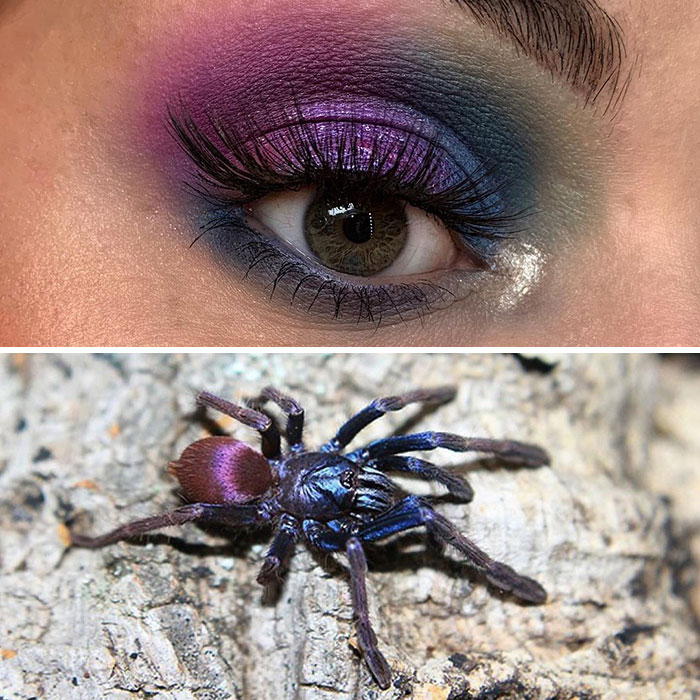
This leggy boii is a polychromatic earth tiger (Haploclastus devamantha), a relatively small burrowing tarantula from India!


